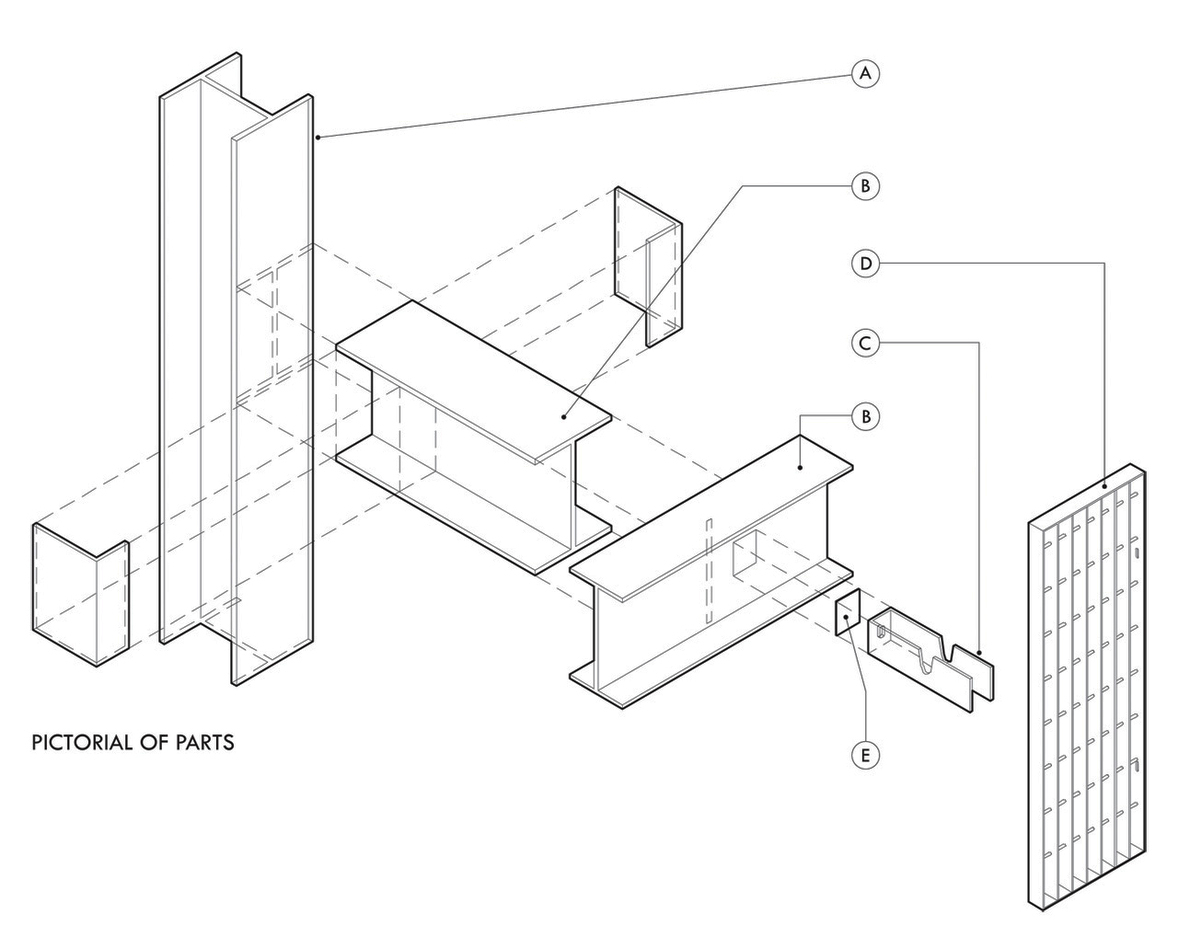Step by Step: How to Specify Materials in an Architecture Project?
Just as fashion designers use pins, needles and textiles to bring their creations to life, architects rely on materials to shape our built environment. From steel and glass to wood and concrete, these form the artistic palette that transforms blueprints into tangible structures, bridging the gap between imagination and reality. It’s as simple, yet as complex as that. But with so many materials –and countless shapes, finishes, textures and colors– available in this day and age, making the correct choices for a particular project can be quite challenging. Several questions naturally arise: How do architects navigate the endless possibilities to handpick the elements that will breathe life into their designs? What does the material specification process entail? Where does one begin?
Most architecture professionals are also the key decision-makers when specifying materials, and in order to make informed decisions, they must take a series of factors into careful consideration –costs, durability, performance, aesthetics and overall quality. Failing to do so can bring unfortunate consequences, resulting in projects with both functional and aesthetic issues. That is precisely what makes the specification stage so essential in achieving expected results.


 Picture: Parham Taghioff
Picture: Parham Taghioff
Comments :